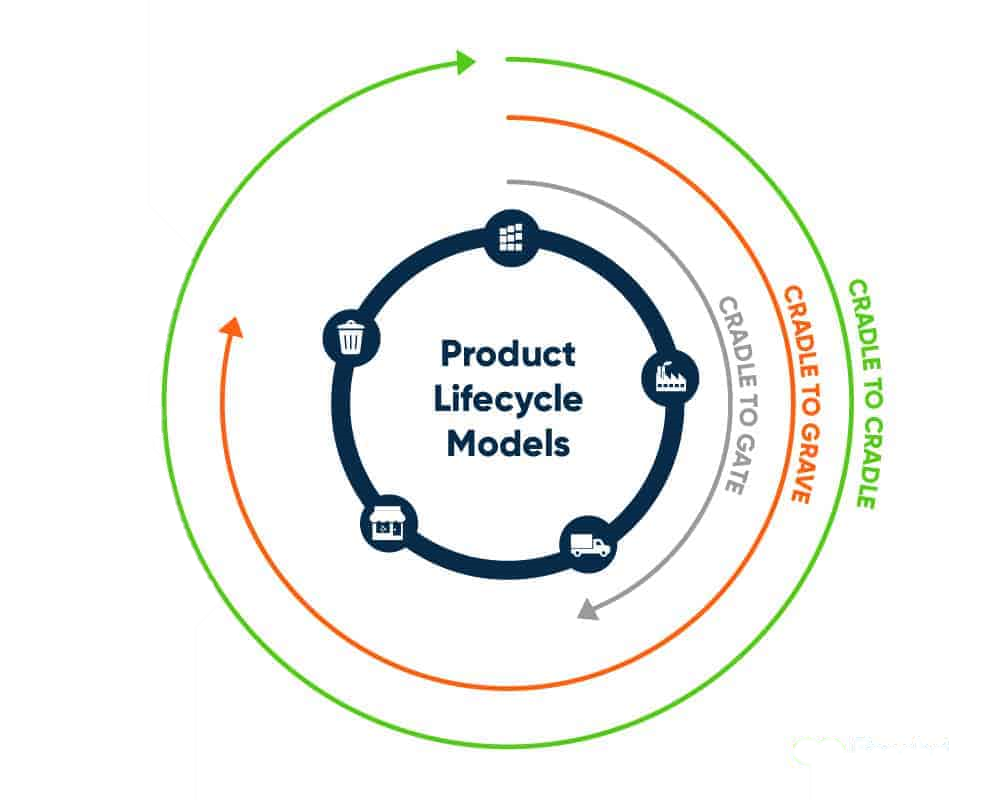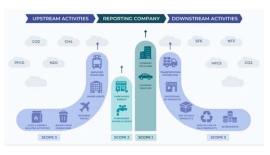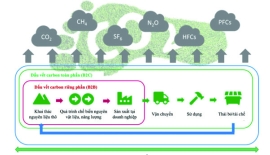
Công ty cổ phần công nghệ và tư vấn CIC
Specialized
Home > News > Specialized > Guidelines for Reliable and Comprehensive Data Collection for Life Cycle Assessment (LCA)
Vinhomes Green Paradise Can Gio: Moving Towards an ESG-Compliant Urban Model with...

Seequent Evo: Cloud Platform for Geoscience Data Management

How to Convert a Drawing to 1:1 Scale When the Original Scale...

Top 5 Most Popular BIM Software for Construction Companies

Vietnam's Carbon Market Accelerates: National Strategy and Opportunities for Businesses
Nội dung chính
Guidelines for Reliable and Comprehensive Data Collection for Life Cycle Assessment (LCA)
28/07/2025
Lượt xem 6
Current Situation
Many businesses ener significant challenges when implementing LCA due to:
- A lack of available data
- Dispersed and inconsistent data sources
- Unstandardized formats across departments
As a result, the final LCA outcomes often fail to reflect the actual performance, leading to wasted resources and missed opportunities to achieve environmental certifications like EPD, ESG reports, or CBAM compliance. Common issues include not knowing where to start, what data sets are needed, and how to coordinate data collection across departments.
This article provides a structured approach and expert guidance for collecting the essential data inputs needed for an effective and credible LCA process.
Expert Guidance for Effective Data Collection
1. Define the Assessment Scope and Purpose of Data
Before collecting data, businesses must clearly define:
- Assessment Target: Is it a single product, a product line, or the entire portfolio?
- Life Cycle Scope:
- Cradle-to-Gate: From raw material extraction to the product leaving the factory
- Cradle-to-Grave: Covers the full life cycle through to disposal
- Cradle-to-Cradle: A closed-loop system including recycling
- Purpose of the Assessment:
- Internal: Process improvement, cost optimization
- External: EPD publication, CBAM dossier, ESG certification
Clearly defining the objective and scope the outset ensures targeted data collection and minimizes resource waste.

2. Essential Input Data Groups for LCA
a) Internal Production Data
- Energy Consumption: Electricity, steam, natural gas, liquid fuels
- Emissions and Waste: CO₂e emissions, wastewater, solid waste
- Process Details: Operating hours, equipment efficiency, material loss rate
Source: Technical, production, energy acing, or environmental audit teams
b) Supply Chain Data
- Raw Materials: Type, quantity, units, usage value
- Transportation: Distance, mode of transport, frequency
- Suppliers: Traceable supplier information
Source: Procurement, logistics, ERP systems
c) Use Phase and End-of-Life Data
- Usage: Average lifespan, standard operating conditions
- End-of-Life Scenarios: Recycling, incineration, landfill, reuse
If actual data is not available, sector-specific scenarios or international guidelines (e.g., ISO 14040/44, PEFCR) can be used.
3. Prioritize Primary Data
Primary data is collected directly a company’s real-world operations and is critical for ensuring accuracy and reliability in LCA results. Compared to secondary data, primary data offers major advantages:
- Reflects actual operational performance
- Easily verifiable during audits or public declarations
- Enables high-detail comparisons for product improvements or redesigns
For externally reported LCAs—such as EPD, ESG, or CBAM dossiers—primary data is typically mandatory.
For EPD submissions, primary data must cover at least 12 continuous months to ensure it represents a full, typical production cycle.
4. Organize and Manage the Data Collection Process

a) Identify Responsible Departments
Create a list of key internal stakeholders, including: technical, finance, operations, procurement, and environmental management teams. Assign clear responsibilities and deadlines.
b) Standardize Templates and Formats
Use unified data collection templates with standardized units, file formats, and material coding. This minimizes errors and facilitates integration with LCA software.
c) Data Storage and Reusability
Centralize your data repository to enable future assessments or scope expansions (e.g., adding new products or conducting company-level LCAs).
Conclusion
The success of any LCA project relies heavily on the quality and structure of input data. Businesses should develop a clear data strategy, prioritize primary data, and implement a systematic collection process supported by suitable tools.
This approach not only optimizes operational costs but also lays a strong foundation for achieving medium- and long-term sustainability goals.
Need Support?
If your business requires expert consultation on data collection for LCA, EPD, or CBAM dossiers, contact our professional team for tailored guidance and toolkits that align with your industry and objectives.
- CIC Technology and Consultancy JSC.,
- Hotline: 033.226.8626 – 0866.059.659




